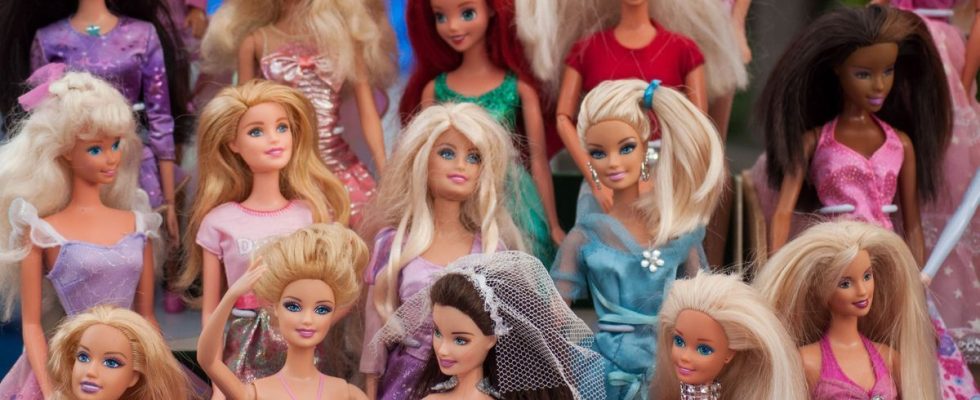Published on
Updated
Reading 2 min.
In more than half a century of existence, Barbie has done many jobs. She became a teacher, judge, wildlife photographer, chef and even an astronaut. But a study, published in the British Medical Journal, believes that the most famous doll should further explore the thousand and one careers in the fields of health and science.
Katherine Klamer listed the multiple medical and scientific professions that barbie since its commercialization in 1959. She based her research on the analysis of 92 models of the doll, including 53 doctors, 11 dentists and 10 scientists. The researcher also paid attention to the physical appearance, clothing and accessories of these different Barbies, in order to determine whether or not they comply with the health regulations in force in health establishments and laboratories.
This allowed him to see that Barbies making careers in these two fields are sorely lacking in diversity. Most of the dolls analyzed are white adult females. None have a physical disability, unlike some commercially available competing figurines. Almost all of the Barbies working in healthcare seem to exclusively treat children: only three of them take care of adults. Furthermore, they do not seem to have any medical specialty.
This study also reveals that Barbies with a profession related to health and science give an unrealistic image of these sectors of activity. While the overwhelming majority of Barbies working in the medical field have a stethoscope, few wear a mask. Not a single one wears disposable medical gloves, although these accessories are a real safety factor for both caregiver and patient. A large number of Barbies in healthcare and science also have their hair down, which goes against hygiene recommendations.
If these details may seem anecdotal, Katherine Klamer affirms that they are much more serious than we imagine. “In a world where many young girls have difficulty imagining female scientists, it is commendable that Mattel represents all science dolls as female. However, these dolls poorly represent laboratory work. If these Barbies were real, all the academic achievements in the world wouldn’t allow them into a single medical or academic research lab because they all fail to follow safety protocol in one way or another basic in force in the laboratory“, she writes in her study.
Given that Barbie is, for many young girls and boys, a true source of inspiration, it is essential that she gives a fairer vision of the medical and scientific field. “Barbie has a commendable resume that spans multiple careers, many of which are male-dominated […]. Dr. Barbie should now consider expanding her scientific and medical career into sub-fields where women remain in the minority, for the sake of young girls as much as for her own.“, says Katherine Klamer.

